Hi, my name is Lulu Pumayalli and I was an intern at the Coastal Marine Institute Laboratory (CMIL) in San Diego, California. This summer I was given the amazing opportunity to work at CMIL studying a variety of things in our incredible ocean but mainly seaweed.
On Monday, I went to the main lab and worked on drying and grinding more seaweed samples from separate experiments that our lab helps with preparing the samples for data analysis. The following day I woke up at 4:00 am to go to a beach to collect seaweed during the low tide which required us to go at that time. While our lab team was at the beach, we saw really interesting algae and sea creatures. We saw Ulva lactuca, the species of seaweed I studied this summer, in the wild and flourishing. Besides seeing my favorite algae ever, we saw giant kelp, rock weeds, and lots of different kinds of really cool algae. Our team also found 2 octopi, sea cucumbers, starfish, lobsters, crabs, snails, and sea hares. After collecting a lot of different kinds of seaweed and kelp, we went back to the lab and made pressings by placing what we liked on paper which will be pressed down and dried. Many of us did a combination of art and scientific pressings by identifying the species of algae but also making cool designs. A few weeks ago Karina, a graduate student in the same lab, was showing me pressings that are very old like some from 1915 and some more recent ones that she made. I find pressings super interesting because you are documenting so much on a piece of paper, it’s history, science, and art all in one.
On Wednesday, I helped collect seagrass with Dr. Hovel’s lab all morning at a beach really close to CMIL. After working on that, Didi and I went over to Belmont park and played some games at the arcade which was super fun because there aren’t any arcades in Telluride. After that, we headed over to the beach to watch the sun go down and found algae that looked like a boa. For dinner, we went to Native Foods, a vegan restaurant, which is spectacular, and once again we had to go because there aren’t any vegan restaurants in Telluride.
On Thursday, Leslie and I cleaned seaweed tanks because they had a lot of epiphytes growing on them. An epiphyte is a plant growing on another one but because we just want to study one species at a time in these tanks, we cleaned them out. We also emptied 2 tanks that contained Ulva lactuca and set the Ulva in the sun to let it dry so it can be used as a fertilizer at Leslie’s house. That afternoon, Leslie took Didi and me to the SDSU main campus to see how we can find out what is in the seaweed. I was able to prepare a few samples and put them into a machine that reads the nitrogen and carbon levels in the seaweed to a computer. This is the equipment we will use to find out the results of the experiment on Ulva lactuca and how it absorbs fertilizer nutrients from the water.
On my last day at CMIL, my lab team went to a seaweed farm close by that will be used for research on Ulva. While we were there, we cleaned the farm and I was able to paddleboard for a bit. It was fun cleaning the farm because a lot of algae and sea creatures were stuck on the ropes. We kept some of the things we found at the farm and took them to the lab to further study and look under a microscope. Since this was our last day, both the Hovel and Edwards lab members went out for lunch at the Liberty Station Market. This Market has a wide variety of little restaurants with food from all over the world. After lunch, we took an amazing group picture.
Wow, I can’t believe it’s been six weeks already! I had such an amazing time working at CMIL and with everyone there. I learned so many things about seaweed, lobsters, urchins, and many more things that I’m so happy to have more knowledge of. Even though my time has ended working at CMIL, I am excited to find out the results from the Ulva experiment in August and work with Leslie to interpret the data. This was an excellent experience so thank you to all my lab mentors who are probably reading this and to the whole Pinhead team for helping me get here. I will forever be grateful for the time I spent learning more about our incredible ocean.

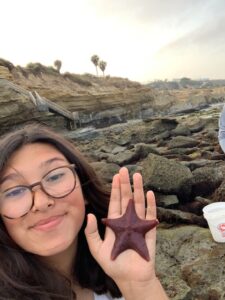
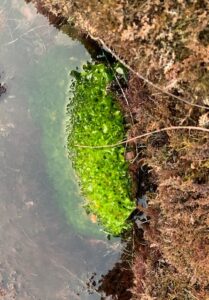
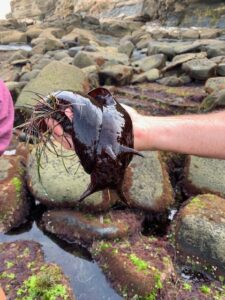
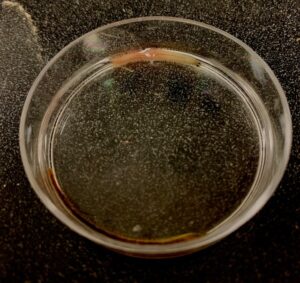
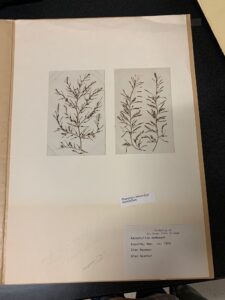
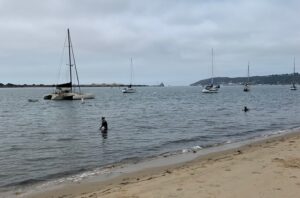
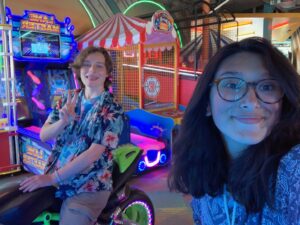
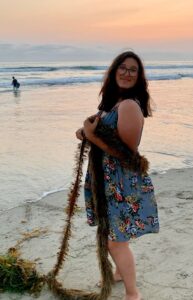
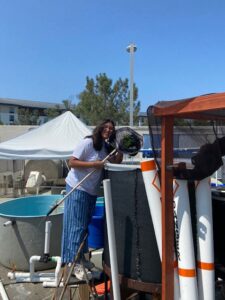
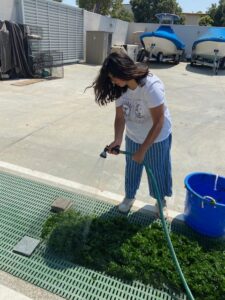
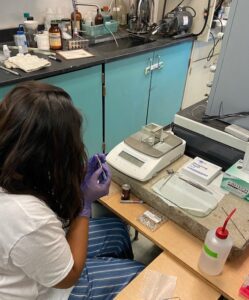
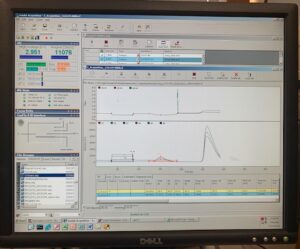
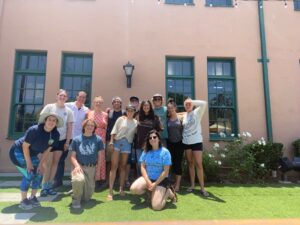
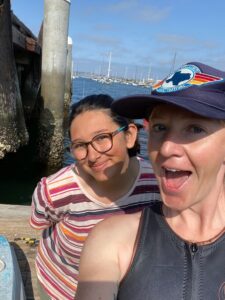
What a wonderful story !
What a wonderful program.
You should all be very proud.